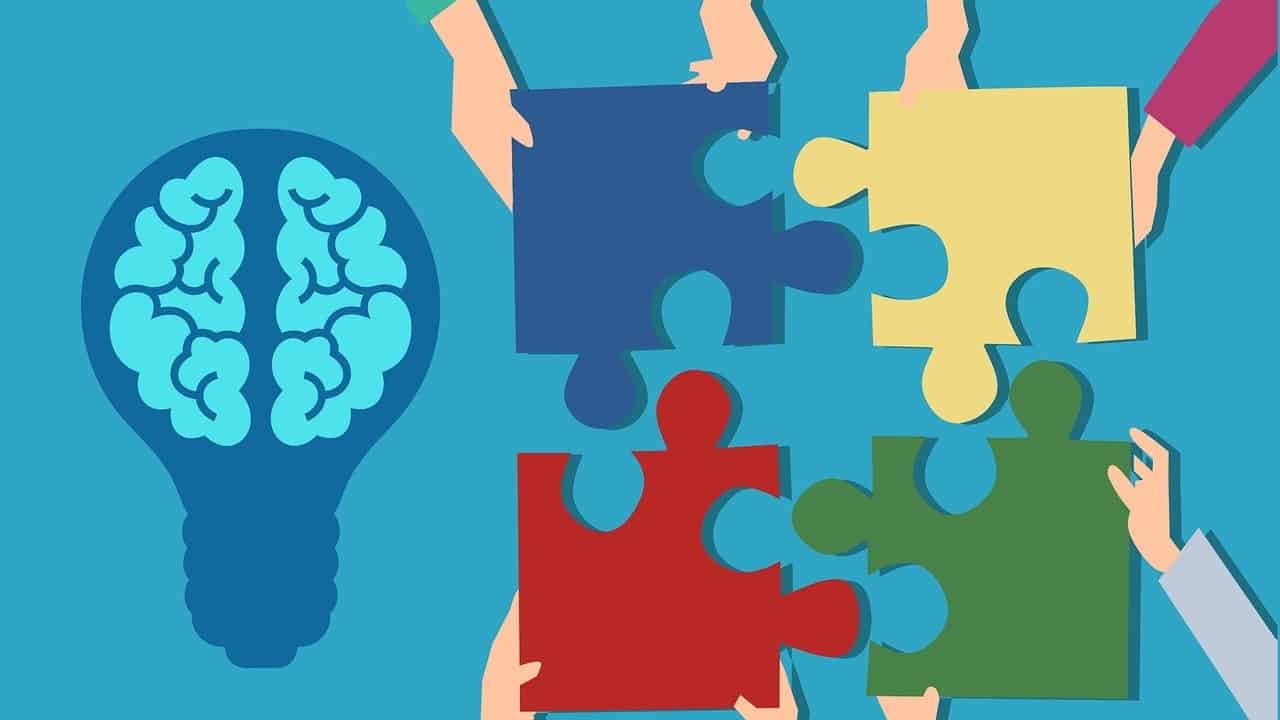A hardship loan is a type of loan that you can take out from your 401(k) retirement account. It allows you to access your retirement savings early to cover unexpected financial emergencies, such as medical expenses, educational costs, or the purchase of a primary residence. Unlike other loans, you do not have to pay interest on a hardship loan, but you will owe taxes on the amount you withdraw, and you may also face a 10% early withdrawal penalty if you are under age 59½. Hardship loans must be repaid within a specific period, typically within five years. It’s important to consider the potential consequences and consult with a financial advisor before taking out a hardship loan to ensure it is the right choice for your individual situation.
Eligibility Requirements for Hardship Loans
To be eligible for a hardship loan from your 401(k) plan, you must meet certain requirements. These requirements vary from plan to plan, but generally include:
- You must have an immediate and heavy financial need that cannot be met through other means.
- The need must be for one of the following:
- Medical expenses
- Education expenses
- Purchase of a primary residence
- Funeral expenses
- Repair or replacement of a damaged home
- Certain other expenses as approved by the plan administrator
- You must have exhausted all other reasonable sources of funds, such as savings, investments, and loans from family or friends.
- You must be able to repay the loan on time, according to the terms of the loan agreement.
In addition to these general requirements, some plans may have additional eligibility requirements, such as:
| Requirement | Description |
|---|---|
| Minimum account balance | Some plans require you to have a minimum account balance before you can take a hardship loan. |
| Maximum loan amount | Some plans limit the amount of money you can borrow as a hardship loan. |
| Repayment period | Some plans have a maximum repayment period for hardship loans. |
If you meet the eligibility requirements for a hardship loan, you should contact your plan administrator to start the process of applying for a loan.
Qualified Hardship Expenses
To qualify for a hardship loan from your 401k, you must have an immediate and heavy financial need. The IRS defines these needs as:
- Medical expenses (for you, your spouse, or your dependents)
- Costs associated with purchasing your primary residence (down payment, closing costs, etc.)
- Tuition and related educational expenses for the next 12 months (for you, your spouse, your dependents, or your children)
- Funeral expenses for an immediate family member
- Certain expenses to prevent eviction from or foreclosure on your primary residence
- Certain expenses to repair damage to your primary residence
Hardship Loans on 401k Plans
A hardship loan is a loan taken from your 401(k) retirement plan to cover an immediate and heavy financial need. Unlike regular loans, hardship loans do not require a credit check or proof of income. However, they come with specific eligibility criteria and repayment terms.
>Eligibility Criteria
- Unforeseeable medical expenses for yourself, your spouse, or dependents
- Post-secondary tuition and related expenses for you, your spouse, or dependent children
- Substantially reducing or preventing foreclosure or eviction from your primary residence
- Necessary repairs to your primary residence to make it habitable
- Funeral expenses for yourself, your spouse, or dependents
It’s important to note that each 401(k) plan has its own specific eligibility requirements, so it’s crucial to check with your plan administrator for details.
Repayment Terms
Repayment terms for hardship loans vary depending on the specific plan. Generally, the maximum repayment period is five years, although some plans may allow up to 10 years.
Repayments are typically made through payroll deductions, and the amount is deducted from your paycheck before taxes.
If you fail to repay the loan on time, the outstanding balance may be considered an early distribution subject to income tax and a 10% early withdrawal penalty.
Tax Implications
Hardship loans from 401(k) plans are considered taxable distributions. However, they are not subject to the early withdrawal penalty if the loan is repaid within the specified repayment period.
Tax Treatment of Hardship Loans
| Scenario | Taxable? | Early Withdrawal Penalty? |
|---|---|---|
| Loan repaid within the specified repayment period | Yes | No |
| Loan not repaid within the specified repayment period | Yes | Yes |
It’s crucial to consider the potential financial impact of taking a hardship loan on your retirement savings. It’s always advisable to explore alternative options such as withdrawing from other accounts, borrowing from friends or family, or seeking financial assistance programs before opting for a hardship loan.
Alternatives to 401k Hardship Loans
Consider these alternatives before taking out a 401k hardship loan:
- Personal loans from banks or credit unions
- Credit card advances
- Family or friends
- Government assistance programs
- Nonprofit organizations that offer financial assistance
Each option has its own pros and cons, so carefully consider your financial situation before making a decision.
Well, there you have it, folks. Hopefully, this article has shed some light on what 401k hardship loans are all about. Thanks for sticking with me until the end. I know reading about retirement and finances can be a drag at times, but it’s essential to stay informed. So, if you ever find yourself in a financial bind, don’t hesitate to consider a 401k hardship loan. But remember to weigh the pros and cons carefully before making a decision. And as always, if you have any questions, don’t be shy about reaching out to a financial advisor. Stay tuned for more articles on personal finance and retirement planning. Thanks again for reading!